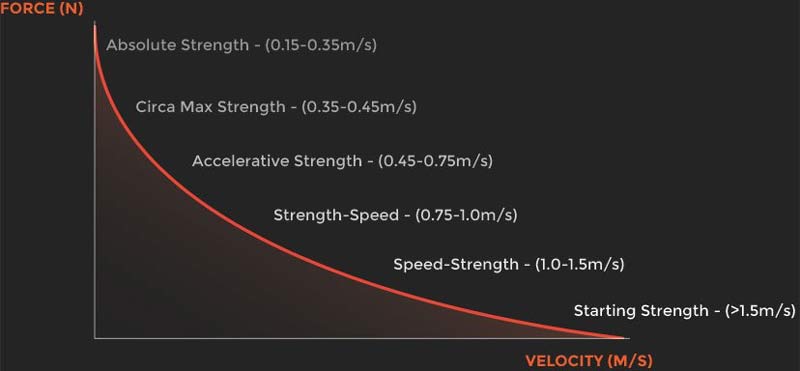Hey Ya’ll,
Today’s post is an introduction to all things strength training. After recently consulting with a friend about best practices in developing strength, I want to break down the most basic principles in an easy to read manner for you! I’ll be diving into the dork-hole that you are probably now familiar with having stuck with me for this long.
As I dive in, I want to direct you to the
NSCA protocols for strength training as it serves as a great introduction to progression for movement, intensity, duration, time and type. It dives a little deeper than other certifying agencies and there are some hugely important things the other guys left out…
1) Defined movement patterns – A lot of other certs rock the old school train of thought (training your chest vs. training your pushing pattern). Not that it is bad by any means but the NSCA describes the movement patterns for strength training in the ‘functional’ capacity and more conducive to how strength training is looked at these days.
2)Provided movement patterns with sample progression/regressions of movement.
3)Each strength training program should be tailored to the individual’s experience – the NSCA packet respects the use of different protocols for different levels of experience. It all comes down to the individual’s movement strength through movement.
Specificity of Movement
Something many protocols miss out on is expression of the appropriate weight/load used. The strength training protocols used in nearly every program out there base your strength training off of estimated 1 Rep max – which means that for each exercise performed, you would have to sit down and figure out what your estimated max is for each movement. Which becomes time consuming, unrealistic and can vary day to day by up to 18% depending on the person’s expertise, exercise level, stress level and overall consistency in the gym. The application of true 1RM testing is dependent upon the goal of the individual. You should be asking yourself these questions for every self-evaluation you program into your workouts:
- What tests directly apply to the goal I am trying to achieve as I train for strength?
- What specific goal can I accomplish through strength training in order for me to get there safely and quickly?
Select a few quick tests that will have a direct carry over to your goal. If you need to develop your vertical jump capability, a bench press test is not going to have a great correlation. Strength movements you might select to test/train are power cleans, back/front squat or bulgarian split squats. When you train for a specific goal, the gains you make are movement specific. So if your forearm curl strength propels off the charts but your goal is to run a marathon all you’re doing is trying to put a square peg in a round hole.
Velocity Based Training
For a lot of individuals who walk into the gym with specific performance goals, a principle that has resonated for a long time in with strength training is the principle of velocity based training. V
elocity based training protocols for strength have been around for a long time but has had a hard time catching on in the general public due to limitations of tech…you will have a hard time figuring out how fast you move the barbell, how much time you spent on the ground during a plyometric movement, etc. It’s not a new idea but you basically calculate your speed of movement. There is a direct correlation between movement speed and that individual’s current ‘estimated max’.
On the graph above is a basic Force x Velocity curve demonstrating the protocols for strength in VBT. The idea is that in a given set of repetitions, your goal is to keep the velocity of your movement consistently in the targeted velocity zone. Velocity of movement has a direct correlation and provides a much better point of reference for programing that day’s maximum effort than a 1RM test performed a while ago or

